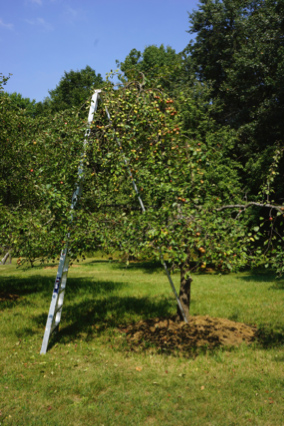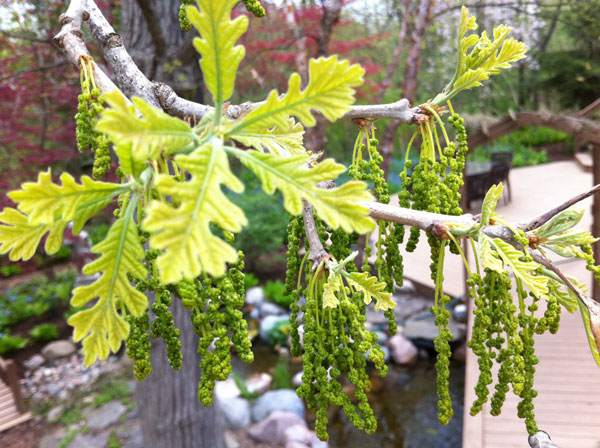Trees That We Remember
/Mother Nature’s Moment
by: Lesley Bruce Smith, ISA certified arborist
As your arborist, you may remember me asking you if you have “any special concerns or things you want me to take note of” when we first reviewed your property together. What I am really asking, or the question behind the question, is “Do you have a favorite tree? or “What are your stories with your trees?” I often hear about an Arbor Day tree that was carted home by a small child, who is now grown and gone, and the tree stands as a living reminder of many good memories of family and loved ones. We have prepared many home landscapes for weddings that have used a tree as the altar or as a special photo opportunity for the bride and groom, or heard the story of a tree planted in someone’s memory.
Read More































